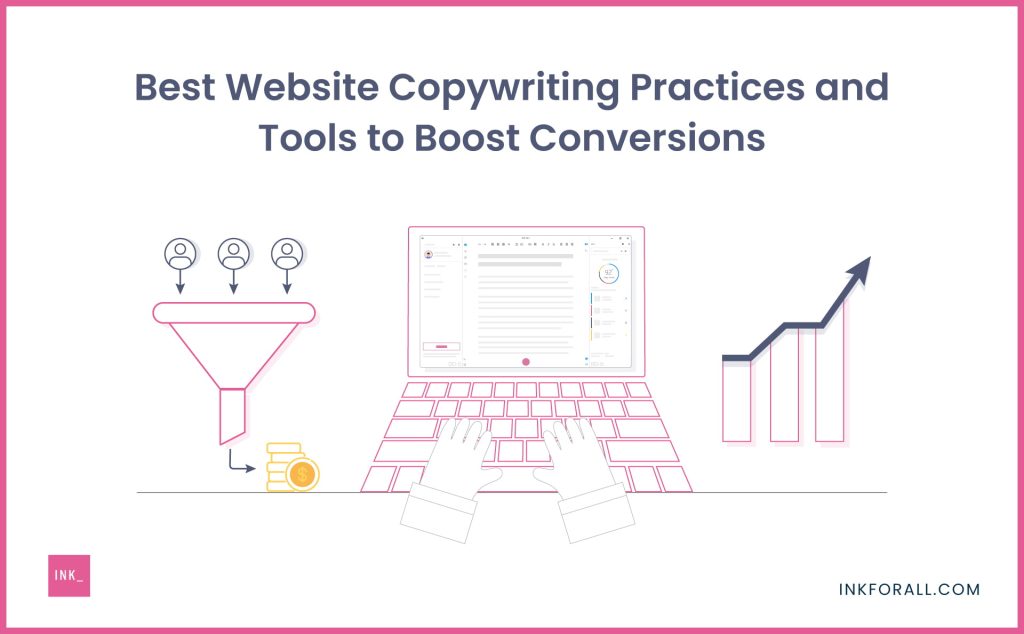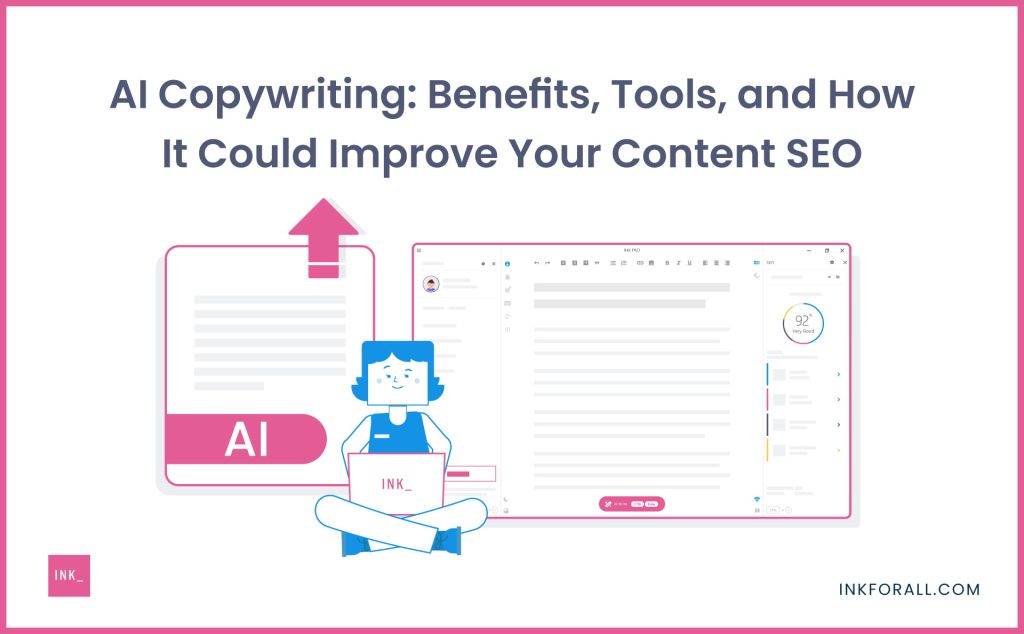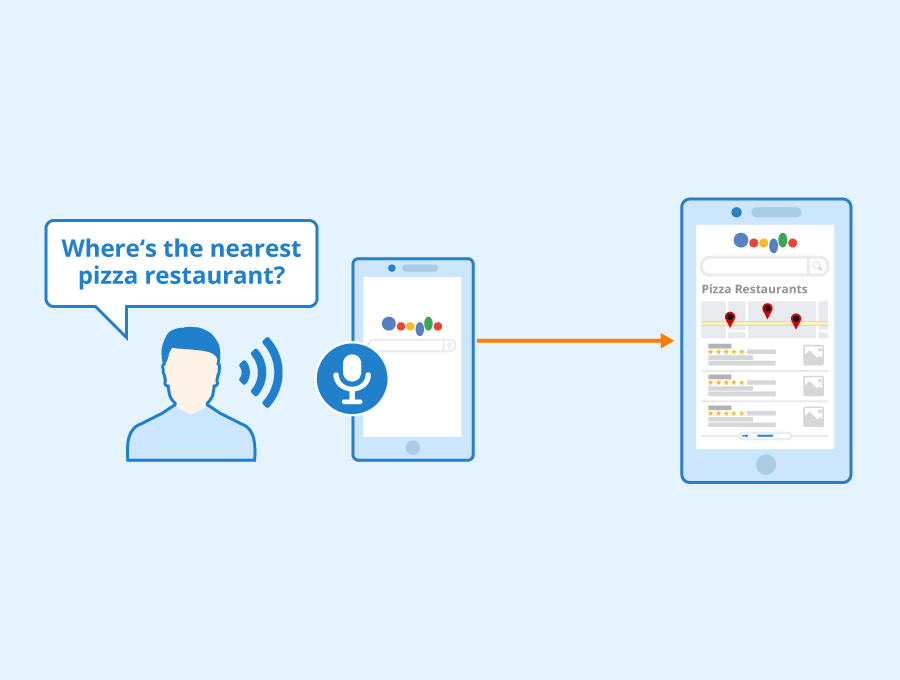Blogging Tactics that can Improve SEO
Suppose you’ve searched for blogging strategies, tactics, or tips online. In that case, you’ll find many articles that discuss keywords, backlinks, and other factors, but that’s just the tip of the iceberg.
Yes, those factors are important, but there is so much underneath it which can help you elevate the performance of SEO.
There’re 200+ factors that Google uses to rank content, and numerous factors have not been disclosed or are controversial.
Executing in response to those factors sounds oppressive and is oppressive. So, as you read this article, you’ll be familiar with blogging tactics that can support SEO.
Blogging Tactics to Improve SEO
Every new blog you add to your website is an indexed page. This signals Google that you’re active on your website.
Equally, blogging helps you stay connected with your audiences, but if you want to reach out to more audiences, you’ll need to use Blogging tactics.

1. Build a relevant topic
Whenever you search Google, it will only display what you ask for. Search engines are smart enough to recognize the connection between the searchers’ query and contents; only then it showcases the contents.
Blogging on a relevant topic will help you rank higher in the search engines for related search queries.
Likewise, it will also support enhancing your authority on the topic in your industry. The more you get authorized on the topic, the higher your chance to improve your position in the search engine.
But remember building the content on the relevant topic means you should create a blog covering every aspect of your topic, not just keywords.
Keywords are important, but keyword stuffing is not. Ensure the topic bounds your content and keywords be the supporting element to rank.
When discussing relevancy, you might wonder how to create a topic that resonates with the audience.
Here are the ways you can do it
Figure out what your audiences want
Put yourself in the shoe of your audience. Make an effort to understand what your audiences want to know.
Creating a relevant topic is important to connect with your audience and Google. Meanwhile, you might be curious about how to read your audience’s mind.

To know your audience, you need to interact with them. You can talk to them through messaging apps, replay their comments, or acknowledge their feedback. Interacting with your audience is a good opportunity to get in their minds. Keep in touch with your audiences; they can discuss the next content topic.
Publish blogs
Be very specific on the topic when you’re writing content. Ensure you answer every topic-related question; don’t get distracted from the track. If you’re discussing “Benefits of green tea,” then just deal with every benefit that green tea possesses.
Don’t start talking about the price and brand of green tea. “Price of green tea” and “different brands of green tea” can be your other topic.
Publish many blogs your audience wants to read and link those blogs to one another for the search engine to understand how all these topics are related.
2. Appealing Content
Google only knows that your audiences enjoy reading your content by analyzing the time spent on it. This is also one of the methods Google uses to prioritize the content and rank it accordingly.

Create a balanced content framework that audiences and search engines understand easily. When writing content, make it engaging; if you lose your readers in the first few paragraphs, they will stop reading. Use facts and figures, give a reason to read the article, or create humor.
While including the keywords in the content, ensure you use them appropriately. Consider not using the same word repeatedly; instead, use synonyms of the word instead of keyword stuffing.
Content writing tips:
- Use simple language so that all of your audiences understand you
- Be clear about the topic you’re writing
- Use words that are familiar to your audiences
- Use short sentences and paragraphs to give rest to your readers’ eyes
- Use “you” and “your” to sound interactive
- Use active voice to make the sentence simple
- Use sub-titles and bullets
- Bold the important text
- Add images and videos
Your content will succeed when your audiences naturally want to share it on social media. Your content will be shared when it creates value. Don’t make it dramatic or over-emphasize the point; this can reduce your reader’s interest in the content.
3. Optimize the existing content
Optimizing the existing content is something not everyone will consider doing it. But making a few changes in your blog post could drastically improve your ranking.

Here are three reasons to optimize the old content
Google reward freshness
Optimizing the content is all about finding the leakage and taping it to make it complete. Having content that contains every element related to the topic is what Google and its readers like. If you can make this happen, you’re already in the lead to rank your content.
Enhance authority
When you publish the content, you already start gaining a certain degree of authority over the content.
Optimizing the content will enhance the authority as you add certain elements that give value to your content. And content that provides value is appreciated by readers and search engines. Ultimately your page authority increases when optimized by adding or eliminating certain elements.
Reach new audiences
An increase in page authority and freshness of your content can help you improve your position in search engines. When your rank improves, you’re reaching out to more audiences and driving more traffic to your website.
If you’re still unsatisfied with these reasons, here are the stats to convince you.
Updating blog posts with new content and image can increase organic traffic by 106%. Now, can you afford not to optimize your old content? If you ignore it, you know what you’re losing.
Optimizing works best for those contents which are several years old. About 60% of page ranking in the top 10 SERPs are 3 years old. With this percentage, you might know which content you’re supposed to focus on.
4. Optimize the content for featured snippets
Featured snippets in Google’s SERP don’t hold any rank. It is displayed above the first spot in the search engines, which is why it is called zero ranks.

You might have noticed a box appearing in SERP with a brief answer to your search queries; that box is a featured snippet.
It displays the summary of the users’ queries extracted from the webpage. It includes URL, image, page title, and list with the answer or the paragraph depending upon the query.
This means that you can appear in the topmost position of SERP and get more attention to your content.
In Google, 12.3% of searches have featured snippets. When queries have featured snippets, it gets 8.6% of clicks, and the first rank gets 19.6%.
And if the queries don’t have featured snippets, the first rank gets 26% of clicks. It seems like some of the clicks of first-rank content are been taken by featured snippets.
Moreover, 40.7% of all voice search answers are from featured snippets. When voice searches increase, optimizing your content for featured snippets becomes more important.
Here is how you can do it.
Identify the content: Find which content is ranked first to fifth and find out for which keywords it’s getting ranked.
Do research: See whether featured snippets appear for the keywords. Work on those contents that have featured snippets.
Optimize the post: clearly format the headers with H2 and H3. Remove unnecessary tags from the headers, like spam tags. Other than this, you can also revise the information in the content.
Final Thoughts
Are you applying all the blogging strategies and still not doing well? Then these four blogging tactics can help you achieve what you desire. These tactics can uplift your business position in the digital market and improve your visibility.
You can also prefer using these blogging tactics if you’re living in a competitive industry. Following these blogging tactics will improve your rank, increase traffic, and lead your website.



![What are topic clusters, and why are these important? [Free Template]](https://hansikar.com/wp-content/uploads/2020/06/Cornerstone-Content-768x580.png)



